We have all heard of “so and so’s friend” who received the Canadian Emergency Response Benefit (CERB) but wasn’t actually eligible for it.
Well, for all you upstanding citizens, rest assured the Canada Revenue Agency will be doing their part to check eligibility of many of the recipients of the CERB. The Canada Revenue Agency (CRA) has begun rolling out information on how the verification and audit process will work.
One example of this is the changes coming to 2020 T4 slip (Statement of Remuneration). An employee’s 2020 T4 slip will have more detailed information including a breakdown of employment earnings during the CERB claim periods. This will allow the CRA to cross reference the timing of CERB payments with the monthly earnings, allowing the CRA to better target CERB recipients who may not be eligible. This added reporting will also assist the CRA in auditing the Canadian Emergency Student Benefit (CESB) claims as well as the Canadian Emergency Wage Subsidy (CEWS) claims which is something for business owners to be aware of (discussed further below).
But what about CERB recipients who will not receive a 2020 T4 slip? For instance, a musician working in the gig economy. The CRA has not rolled out detailed information on potential verification or audit procedures for this group of CERB recipients. A CERB recipient who will not be receiving a T4 slip for the 2020 taxation year would likely be a more difficult audit process for the CRA, which may result in these recipients to be more likely to escape a grueling audit process.
Business owners will not be left out on the fun! The CRA will also be performing verifications and audits on the financial assistance programs received by businesses. The two most notable and broadly received programs were the CEWS and CEBA (Canadian Emergency Bank Account).
The CEWS program is a wage subsidy program for businesses that suffered a revenue decrease and were paying employees during the time with decreased revenue. This program had detailed eligibility criteria and clearly stated penalties for abuse of the program. Due to this, the CEWS program will lend itself very well to an audit process from the CRA.
As for the CEBA program, it was rolled out like the CERB – rather hastily and without stated penalties for abuse. The CEBA is a $40,000 interest-free loan which also includes a $10,000 forgivable amount, if $30,000 of the loan is repaid by December 31, 2022 (that’s correct, $10,000 of “free money”). If a business has met the initial eligibility criteria, there is only one significant concern when considering a potential audit from the CRA: how were the funds spent? In the application it stipulates that the $40,000 must be spent on qualifying expenses (e.g. payroll, rent, utilities, insurance, property tax, regularly scheduled debt service). Should the CRA come calling, it will be important that a business can show that $40,000 was spent on qualifying expenses. In the vast majority businesses, this shouldn’t be a problem as $40,000 can be spent quicker than most business owners care to admit!
If you are an individual or business owner who has received any of the government assistance mentioned above but are unsure on your eligibility and the potential consequences, get in touch with your tax professional. Understanding the risks and consequences of your situation will allow you to prepare for it well in advance and avoid an unwanted surprise should the taxman come calling. More importantly, if you have not applied for a program or are unsure of your or your business’ eligibility for a program, reach out to your tax professional or accountant as soon as possible, or contact O’Reilly CPA for assistance.
